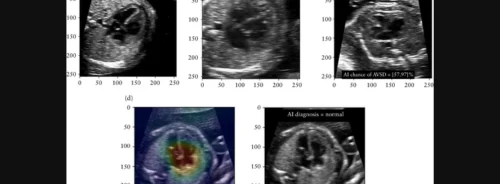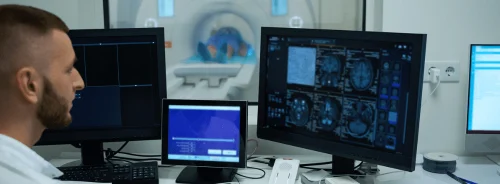When treating unresectable locally advanced non-small cell lung cancer (NSCLC), the choice between intensity-modulated radiotherapy (IMRT) and 3-dimensional conformal radiotherapy (3D-CRT) has long been a subject of debate. Recent findings from a comprehensive study from JAMA Oncology shed new light on this matter, emphasising the superior outcomes associated with IMRT.
Precision and Reduced Toxicity
The study, a secondary analysis of the NRG Oncology–RTOG 0617 trial, highlighted significant advantages of IMRT over 3D-CRT. Notably, IMRT demonstrated a remarkable 2-fold reduction in severe pneumonitis compared to 3D-CRT. Pneumonitis, an inflammation of the lungs, occurred in 3.5% of IMRT-treated patients versus 8.2% in those treated with 3D-CRT. This reduction underscores IMRT's ability to spare healthy lung tissue from unnecessary radiation exposure, a critical factor in mitigating treatment-related toxicity.
IMRT achieves this by dynamically modulating multiple radiation beams to conform precisely to the tumour's shape, thereby minimising radiation to surrounding healthy tissues. In contrast, 3D-CRT, which directs radiation in fixed beams, lacks the flexibility to avoid critical structures effectively, potentially leading to higher incidences of pneumonitis and other adverse effects.
Cardiac Considerations and Survival Benefits
Beyond lung toxicity, the study also highlighted the impact of cardiac exposure on long-term outcomes. IMRT was shown to significantly reduce the volume of the heart receiving 40 Gy compared to 3D-CRT, a factor that was independently associated with improved overall survival (OS). Patients whose hearts received less than 20% of the 40 Gy dose had a median survival of 2.4 years, notably longer than the 1.7 years observed in those with higher exposures.
This finding challenges historical perceptions that primarily focused on lung radiation exposure. Instead, it emphasises the critical need for radiation techniques that minimise cardiac exposure, suggesting that optimising radiation planning to spare the heart could potentially enhance survival outcomes in locally advanced NSCLC patients.
Implications for Clinical Practice
The results of this study provide compelling evidence supporting the standard adoption of IMRT in the treatment of locally advanced NSCLC. While concerns over the potential long-term effects of low-dose radiation baths on organs remain, this study found no evidence linking such exposure to increased rates of secondary cancers or overall toxicity. Therefore, the focus should shift towards refining IMRT techniques to maximise treatment precision and minimise cardiac and pulmonary exposures.
The superiority of IMRT over 3D-CRT in reducing treatment-related pneumonitis and improving survival outcomes in patients with unresectable locally advanced NSCLC is now well-established. These findings underscore the importance of advancing radiation oncology practices towards more precise and tailored treatments that optimise outcomes while minimising adverse effects. As such, IMRT should be embraced as the standard of care, marking a significant step forward in the management of this challenging disease.
Future Directions and Research
Further research is warranted to explore additional nuances of IMRT application in NSCLC treatment. This includes investigating optimal dose fractionation schedules, refining techniques to reduce even minor exposures to critical structures like the heart, and assessing the impact of emerging technologies such as proton therapy in further improving outcomes.
Moreover, the study's findings on cardiac exposure underscore the evolving understanding of radiation's impact beyond traditional metrics. Future studies could delve deeper into the mechanistic pathways through which cardiac exposure affects survival outcomes, potentially informing more precise treatment protocols.
As advancements in radiation oncology continue to evolve, the integration of IMRT into standard practice for locally advanced NSCLC represents not only a clinical but also a patient-centred milestone. By prioritising treatment strategies that minimise toxicity while maximising therapeutic efficacy, clinicians can offer patients with NSCLC a pathway towards improved quality of life and extended survival, setting a benchmark for oncological care in the modern era.
Source: JAMA Oncology
Image Credit: iStock






